
The Ministry of Environment and Natural Resources (MARN) reports seismic vibration under Chaparrastique volcano has been very intense in the last days. Local observers reported hearing a booming noise about this day at 2:00 am. There have been very little vapor or gas emissions so far. This indicates that the duct system of the volcano is partially obstructed, withstanding the pressure of magmatic fluids, so there is a high probability of eruptive activity, either through the central crater or on its flanks. Eruptions in the last 500 years have been in the VEI-1 to VEI-2 range.
In the last few days the vibration of the volcano reached similar to the pre-eruption of December 29, 2013 measured values. Since February 2014 several hundred microearthquakes have been recorded under the northern flank of the volcano.
MARN informs about the tremor status every hour and new reports here on twitter.


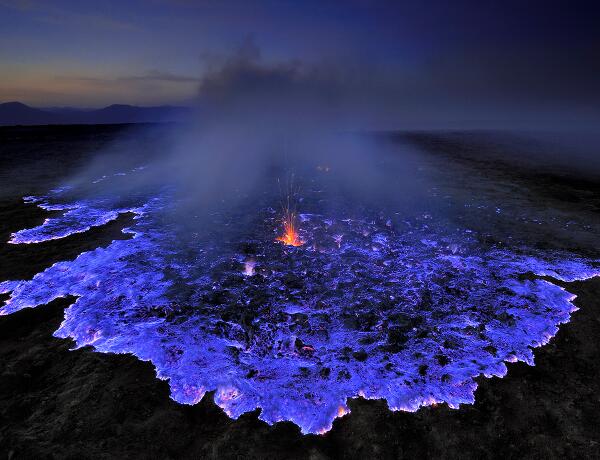
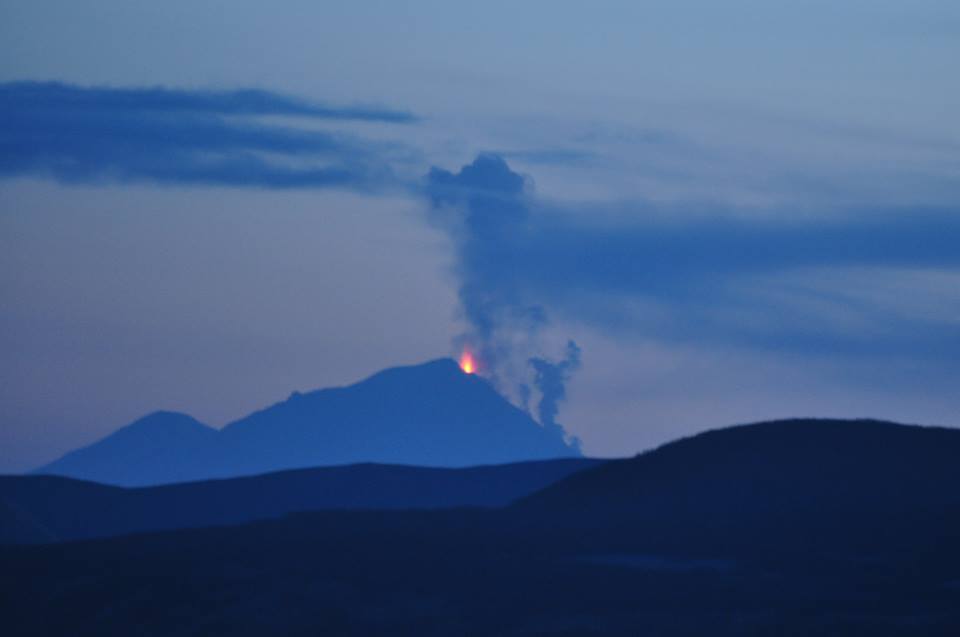
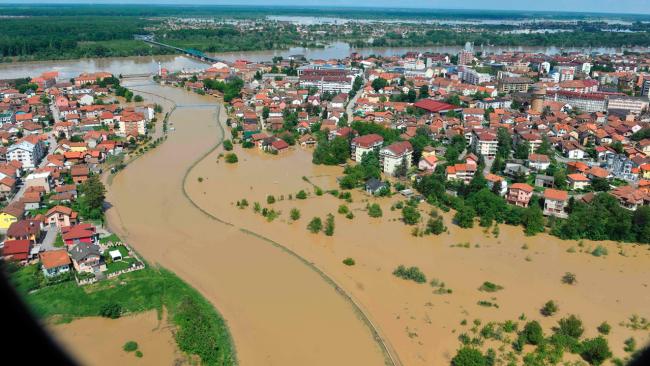

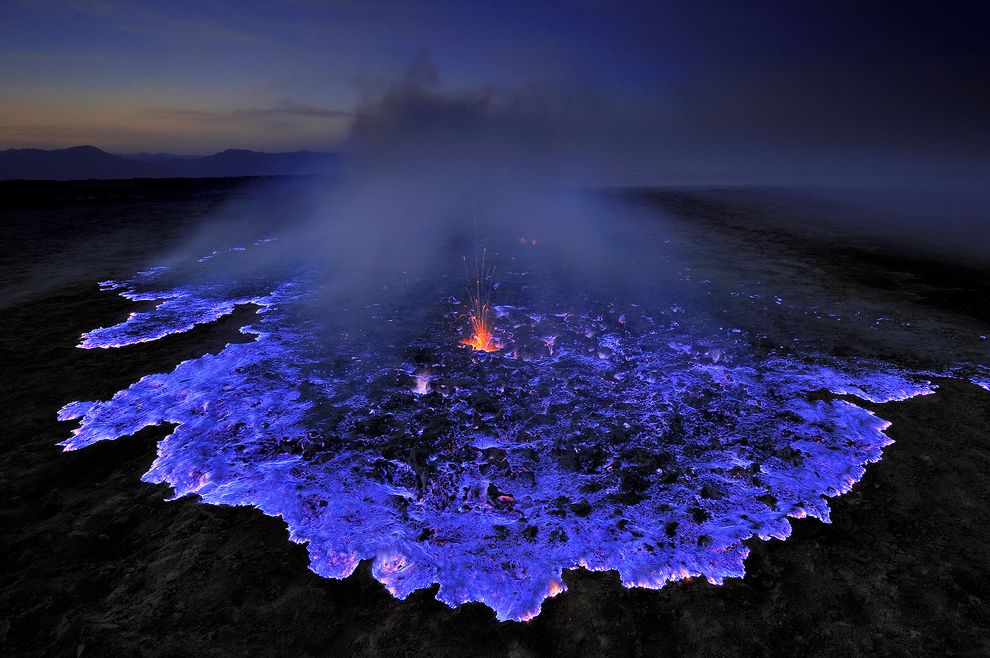
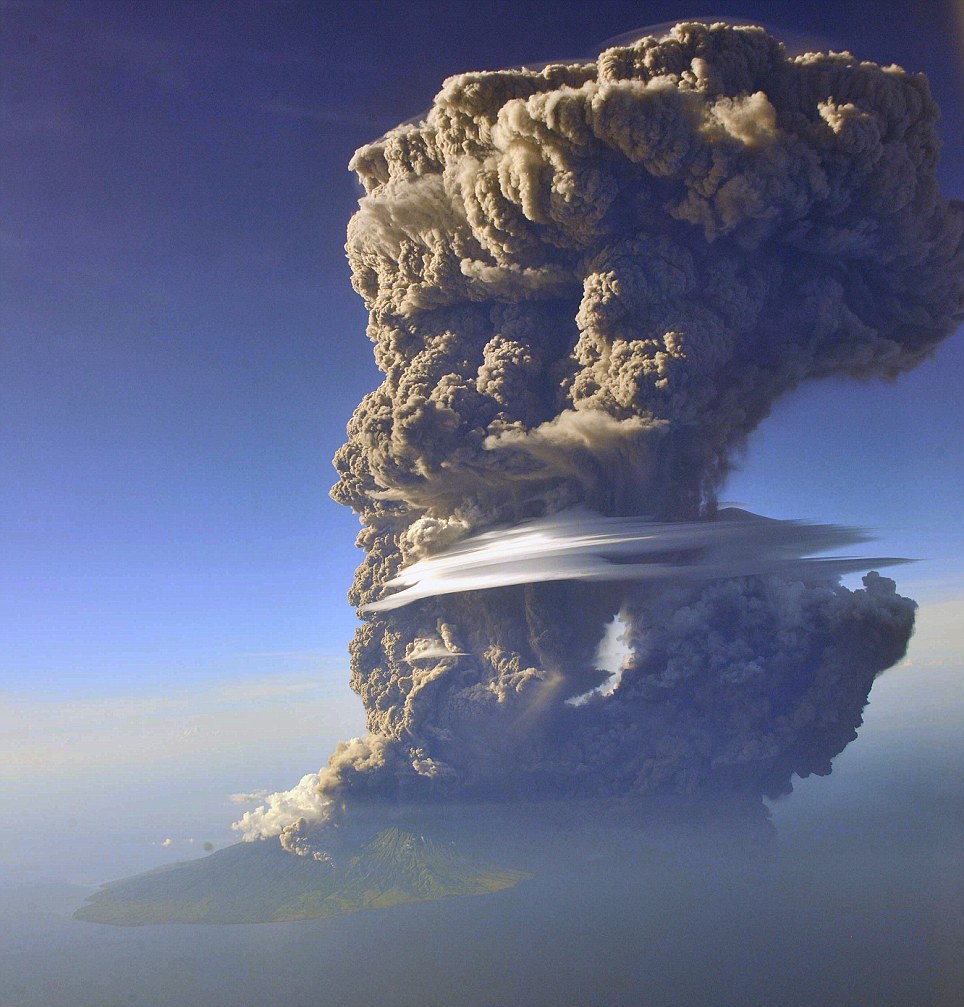
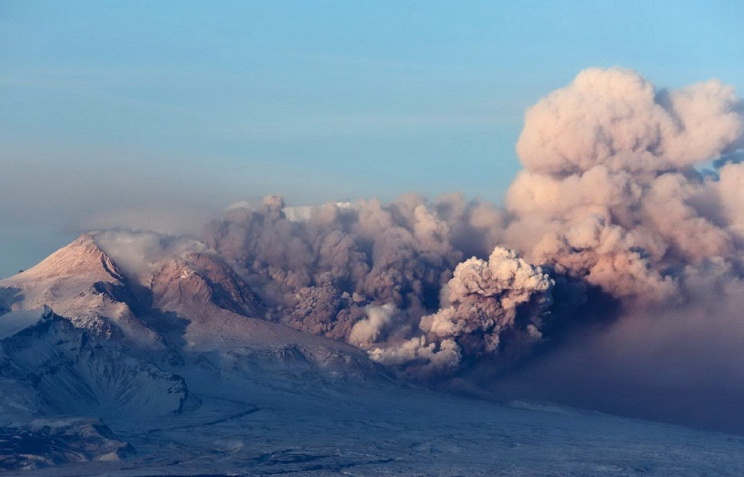



Comment: The last couple of months has seen a notable rise in reported volcanic activity across the planet -